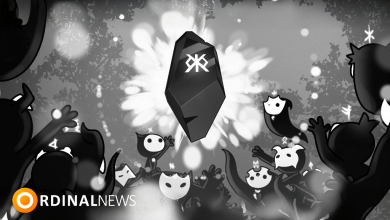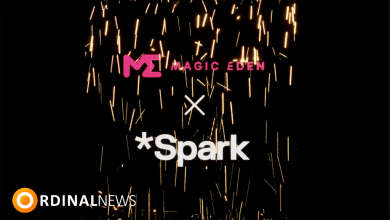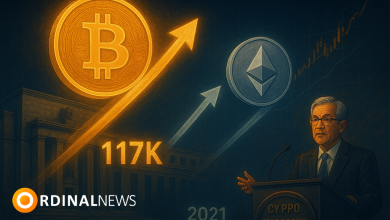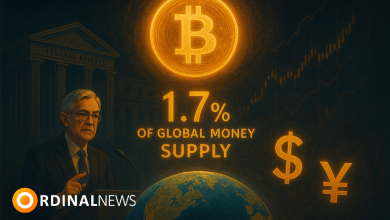TELEPORTING DOG TO THE MOON-SOON!
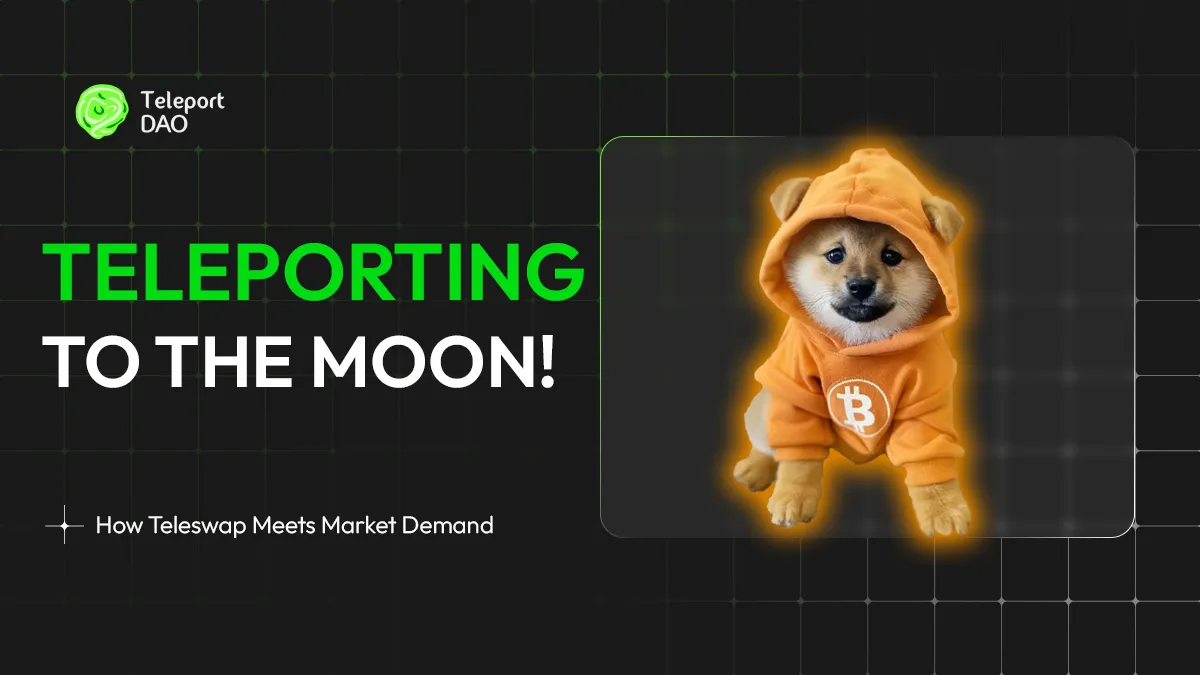
How TeleSwap Meets Market Demand
In the ever-evolving landscape of Bitcoin and cryptocurrencies, DOG has rapidly emerged as a major player. Launched on April 24, 2024, through the Rune protocol, a fungible token protocol on Bitcoin, DOG has captivated both seasoned investors and crypto enthusiasts. As the first and biggest memecoin on Bitcoin, its innovative distribution model and community-driven philosophy distinguish it from typical memecoins, marking a shift in the crypto space.
From Fairdrop to Moonshot: The Genesis and Rise of DOG in the Runes Ecosystem
DOG’s journey began with a well-planned airdrop strategy, distributing 100 billion DOG tokens to over 75,000 holders of Runestone Inscriptions (Bitcoin NFT Collection). The Runestone Project was part of the Free and Fair Movement, an open-source and decentralized initiative designed to reward those who participated in the first year of the Ordinals Protocol. Runestones were distributed through a “fairdrop,” ensuring fairness, transparency, and inclusivity. The airdrop targeted Bitcoin wallets that were holding at least three image files before block height 826,600, marking the one-year anniversary of the Ordinals Protocol.

A key aspect of DOG’s rise is the uniqueness of Runestones, which were initially distributed as inscriptions to ensure fairness. Regardless of whether one was a whale or a casual collector, each wallet was meant to receive only one inscription. Although challenging to implement perfectly, this approach reflected the project’s commitment to equity. After the Runes Protocol launched at block height 840,000, Runestone holders, led by @LeonidasNFT, came together to distribute the DOG•GO•TO•THE•MOON Rune Token. This cultural and speculative coin was distributed based on the number of inscriptions each holder had, with each receiving 889,806 DOG.
DOG’s memecoin narrative was further amplified with the DOG•GO•TO•THE•MOON Rune being etched with a ~$200,000 fee, as the 3rd Rune on the halving Block. This pivotal moment highlighted DOG’s unique status within the broader Runes ecosystem.
Rising Star: DOG’s Market Triumph and Symbolic Milestones in the Bitcoin Ecosystem
The market performance of DOG has been nothing short of impressive, reaching an ATH market cap of $977 million by June 2024. Listings on major exchanges like Gate.io, Bitget, MEXC, Bybit, and KuCoin have bolstered its accessibility and credibility, attracting a wide range of investors. DOG’s success, however, is deeply rooted in its commitment to fair distribution, avoiding insider manipulation and market volatility caused by whales.

A symbolic moment for the Runestone project occurred when @LeonidasNFT “burned” the largest Bitcoin Ordinal inscription by sending it to a wallet belonging to Satoshi Nakamoto, Bitcoin’s creator. This 4MB parent inscription permanently capped the Runestone collection at 112,384 inscriptions, ensuring its rarity and value.
DOG’s growth is far from over, with two additional airdrops planned for Runestone holders. The creator of the Ordinals and Runes Protocols, Casey Rodarmor, has endorsed DOG, further cementing its status as a significant force in the Bitcoin ecosystem.
DOG: Redefining Community-Driven Crypto
In summary, DOG is more than just another memecoin. With its innovative fairdrop model, strong market performance, and endorsements from influential figures, DOG represents a new era of community-driven cryptocurrencies. As DOG continues to evolve, it exemplifies the principles of decentralization, inclusivity, and long-term value within the ever-changing crypto world.
Overcoming Liquidity Challenges: How Teleswap Will Transform the Runes Ecosystem
However, despite its success, DOG faces challenges related to liquidity due to the early stages of the Runes ecosystem. Building on top of Bitcoin Layer 1 comes with significant restrictions, and the current ecosystem of Runes lacks the advanced tools and platforms needed to facilitate liquidity. Unlike EVM chains with robust AMMs and DeFi markets, Bitcoin’s Runes ecosystem struggles with limited liquidity and a lack of support from major centralized exchanges.
The daily on-chain volume of the Bitcoin Runes ecosystem is around $1 million, highlighting the liquidity limitations. In contrast, platforms like Uniswap, which operates across multiple EVM-based blockchains, see daily volumes of around $1 billion. This stark difference demonstrates the liquidity challenges faced by Runes in comparison to more established DeFi ecosystems, which benefit from a wider array of liquidity solutions and trading platforms.

TeleSwap aims to address this gap by bridging liquidity through its bridge to the Runes ecosystem. By linking the Runes ecosystem with other platforms, TeleSwap seeks to enhance liquidity and foster growth, helping Runes compete more effectively with larger DeFi ecosystems.
Teleswap: Bridging Liquidity and Enhancing Accessibility for Runes Tokens
Fortunately, TeleportDAO is poised to address these challenges with its revolutionary Teleswap platform. Teleswap will introduce cross-chain functionality, enabling users to buy DOG Rune tokens with stablecoins from EVM networks like Polygon. This innovation will bridge liquidity between EVM chains and the Runes ecosystem, allowing for seamless, low-fee transactions. With support for Polygon as the first network, and plans to extend to Ethereum and L2 chains, Teleswap aims to enhance the liquidity and accessibility of Runes tokens significantly. The integration is expected to be available soon, offering a new level of efficiency and connectivity in the Bitcoin DeFi space.

